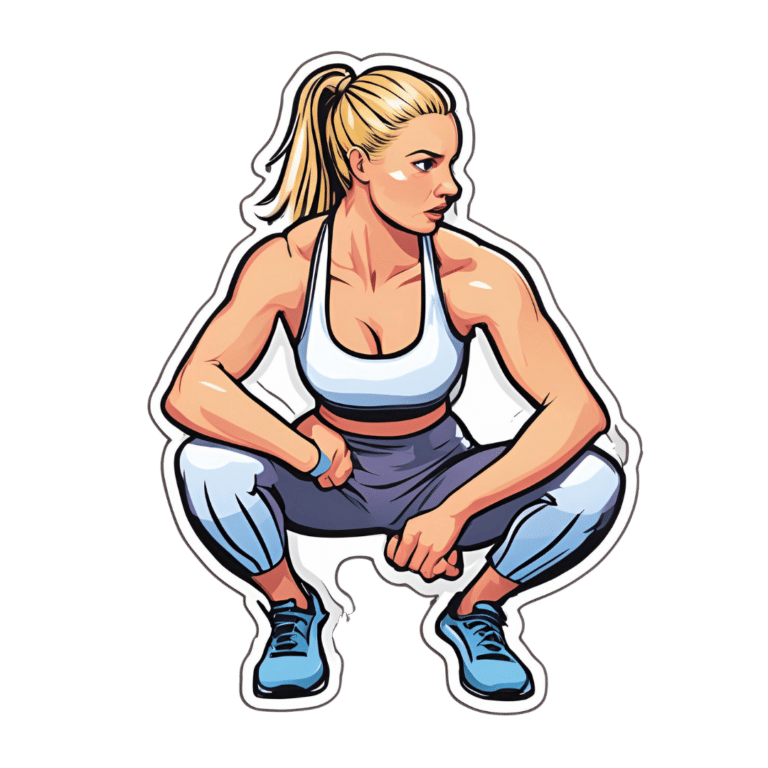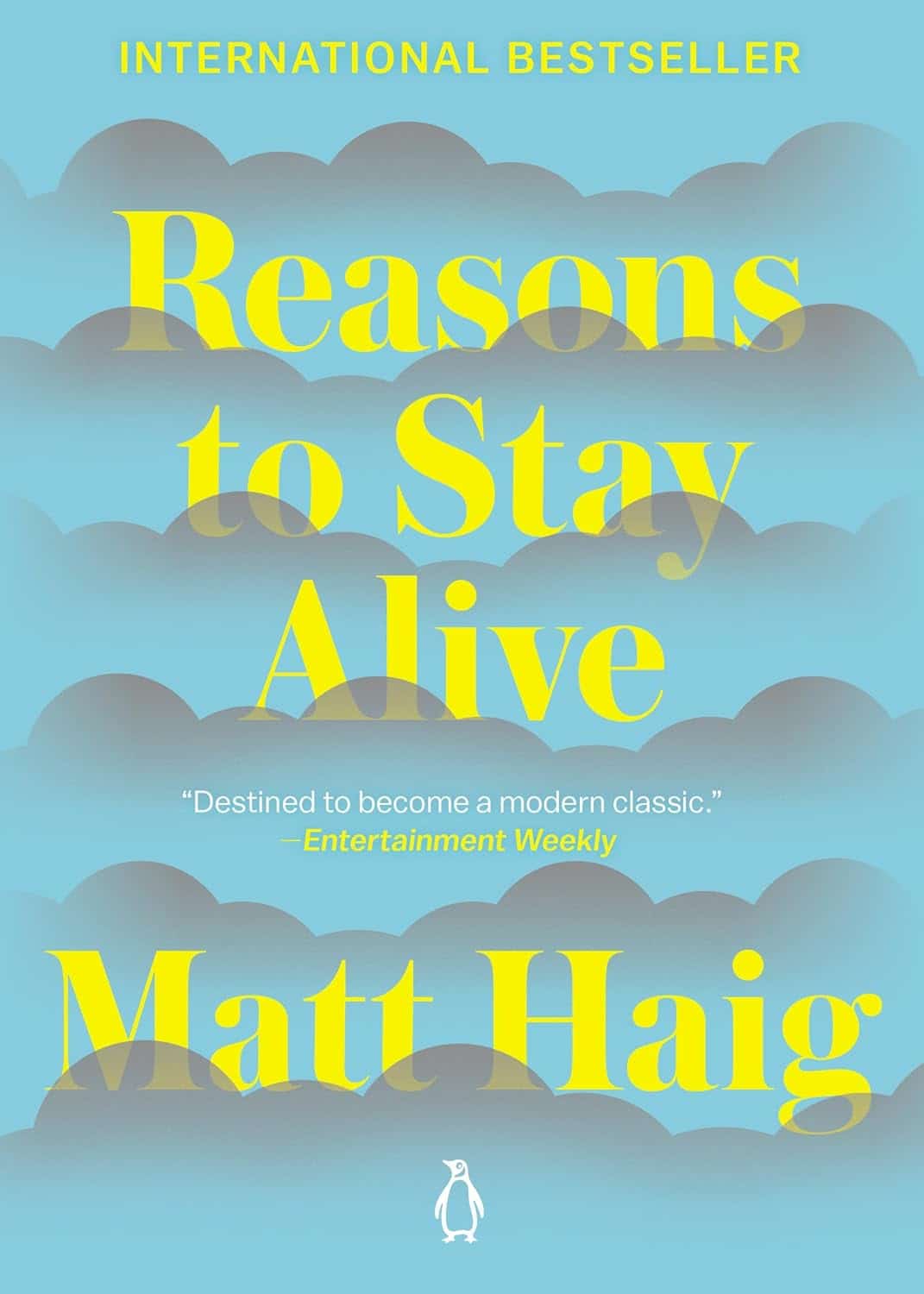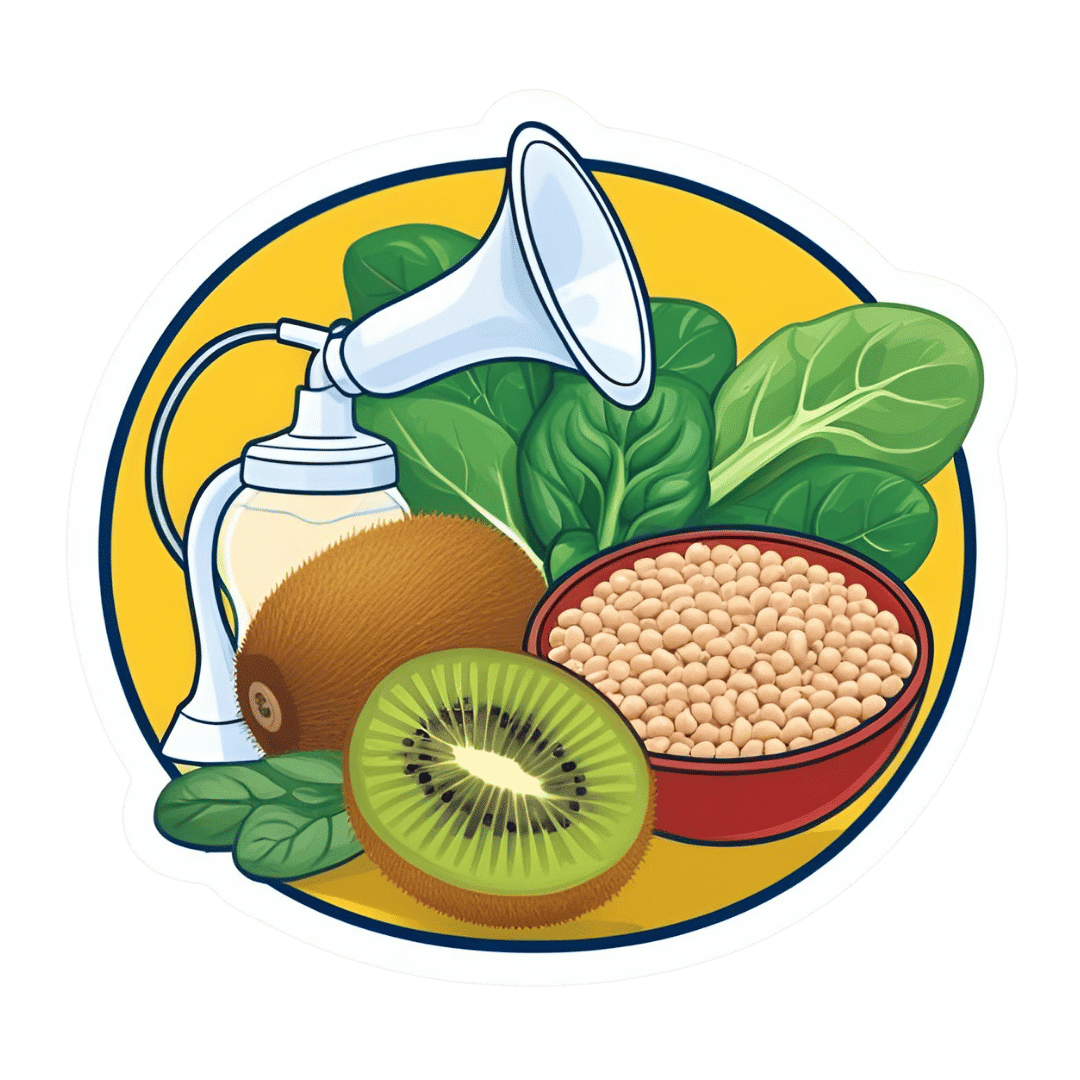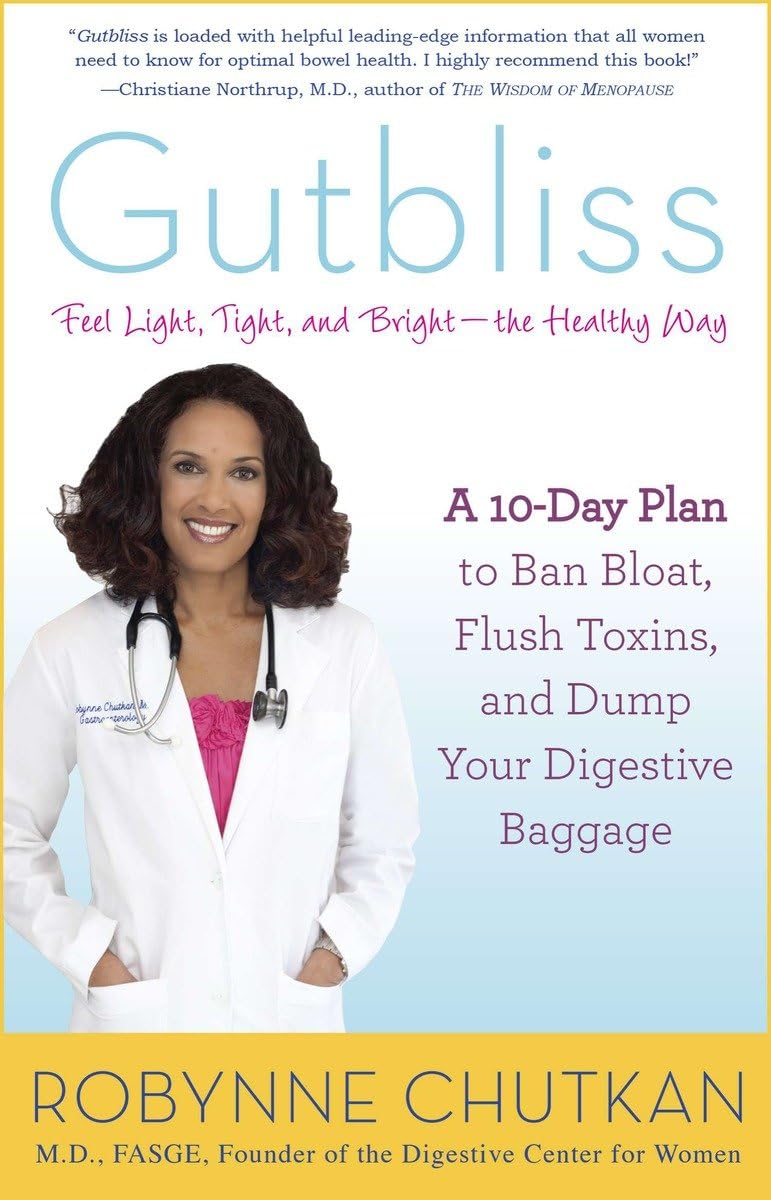
Plant-Based Salmon Recipe
10almonds is reader-supported. We may, at no cost to you, receive a portion of sales if you purchase a product through a link in this article.
From Tofu to Salmon
This video (below) by SweetPotatoSoul isn’t just a recipe tutorial; it’s an inspiring journey into the world of vegan cooking, proving that reducing animal products doesn’t have to mean sacrificing flavor.
The key to her vegan salmon is the tofu. However, there’s a trick to the tofu – you have to press it.
Essentially, this involved putting some paper towel on either side of the tofu, and then placing a heavy object on top; this removes excess water and, more importantly, primes the tofu to absorb the flavor of your marinade!
(You’ll want to press the tofu for around 1 hour)
Find the rest of the recipe in the 12-minute video below!
Other Plant-Based Recipes
With there being so many benefits of cutting meat out of your diet, we’ve spent the time reviewing some of the top books on vegan recipes, including The Green Roasting Tin and The Vegan Instant Pot Cookbook. We hope you enjoy them as much as you’ll enjoy this recipe:
How was the video? If you’ve discovered any great videos yourself that you’d like to share with fellow 10almonds readers, then please do email them to us!
Don’t Forget…
Did you arrive here from our newsletter? Don’t forget to return to the email to continue learning!
Recommended
Learn to Age Gracefully
Join the 98k+ American women taking control of their health & aging with our 100% free (and fun!) daily emails:
-
Reasons to Stay Alive – by Matt Haig
10almonds is reader-supported. We may, at no cost to you, receive a portion of sales if you purchase a product through a link in this article.
We’ve previously reviewed Matt Haig’s (excellent) The Comfort Book, and now it’s time for his more famous book: Reasons To Stay Alive. So, what’s this one, beyond the obvious?
It narrates the experience of anxiety, depression, and suicidality, and discovering how to find beauty and joy in the world despite it all. It’s not that the author found a magical cure—he still experiences depression and anxiety (cannot speak for suicidality) but he knows now how to manage it, and live his life.
You may be wondering: is this book instructional; is it reproducible, or is it just an autobiography? It’s centered around his own experience and learnings, but it gives a huge sense of not feeling alone, of having hope, and it gives a template for making sense of one’s own experience, even if every person will of course have some points of differences, the commonalities are nonetheless of immense value.
The writing style is similar to The Comfort Book; it’s lots of small chapters, and all very easy-reading. Well, the subject matter is sometimes rather heavy, but the language is easy-reading! In other words, just the thing for when one is feeling easily overwhelmed, or not feeling up to reading a lot.
Bottom line: whether or not you suffer with anxiety and/or depression, whether or not you sometimes feel suicidal, the contents of this book are important, valuable insights for everyone.
Click here to check out Reasons To Stay Alive, and see through the highs and lows of life.
Share This Post
-
We’re the ‘allergy capital of the world’. But we don’t know why food allergies are so common in Australian children
10almonds is reader-supported. We may, at no cost to you, receive a portion of sales if you purchase a product through a link in this article.
Australia has often been called the “allergy capital of the world”.
An estimated one in ten Australian children develop a food allergy in their first 12 months of life. Research has previously suggested food allergies are more common in infants in Australia than infants living in Europe, the United States or Asia.
So why are food allergies so common in Australia? We don’t know exactly – but local researchers are making progress in understanding childhood allergies all the time.
Miljan Zivkovic/Shutterstock What causes food allergies?
There are many different types of reactions to foods. When we refer to food allergies in this article, we’re talking about something called IgE-mediated food allergy. This type of allergy is caused by an immune response to a particular food.
Reactions can occur within minutes of eating the food and may include swelling of the face, lips or eyes, “hives” or welts on the skin, and vomiting. Signs of a severe allergic reaction (anaphylaxis) include difficulty breathing, swelling of the tongue, swelling in the throat, wheeze or persistent cough, difficulty talking or a hoarse voice, and persistent dizziness or collapse.
Recent results from Australia’s large, long-running food allergy study, HealthNuts, show one in ten one-year-olds have a food allergy, while around six in 100 children have a food allergy at age ten.
A food allergy can present with skin reactions. comzeal images/Shutterstock In Australia, the most common allergy-causing foods include eggs, peanuts, cow’s milk, shellfish (for example, prawn and lobster), fish, tree nuts (for example, walnuts and cashews), soybeans and wheat.
Allergies to foods like eggs, peanuts and cow’s milk often present for the first time in infancy, while allergies to fish and shellfish may be more common later in life. While most children will outgrow their allergies to eggs and milk, allergy to peanuts is more likely to be lifelong.
Findings from HealthNuts showed around three in ten children grew out of their peanut allergy by age six, compared to nine in ten children with an allergy to egg.
Are food allergies becoming more common?
Food allergies seem to have become more common in many countries around the world over recent decades. The exact timing of this increase is not clear, because in most countries food allergies were not well measured 40 or 50 years ago.
We don’t know exactly why food allergies are so common in Australia, or why we’re seeing a rise around the world, despite extensive research.
But possible reasons for rising allergies around the world include changes in the diets of mothers and infants and increasing sanitisation, leading to fewer infections as well as less exposure to “good” bacteria. In Australia, factors such as increasing vitamin D deficiency among infants and high levels of migration to the country could play a role.
In several Australian studies, children born in Australia to parents who were born in Asia have higher rates of food allergies compared to non-Asian children. On the other hand, children who were born in Asia and later migrated to Australia appear to have a lower risk of nut allergies.
Meanwhile, studies have shown that having pet dogs and siblings as a young child may reduce the risk of food allergies. This might be because having pet dogs and siblings increases contact with a range of bacteria and other organisms.
This evidence suggests that both genetics and environment play a role in the development of food allergies.
We also know that infants with eczema are more likely to develop a food allergy, and trials are underway to see whether this link can be broken.
Can I do anything to prevent food allergies in my kids?
One of the questions we are asked most often by parents is “can we do anything to prevent food allergies?”.
We now know introducing peanuts and eggs from around six months of age makes it less likely that an infant will develop an allergy to these foods. The Australasian Society of Clinical Immunology and Allergy introduced guidelines recommending giving common allergy-causing foods including peanut and egg in the first year of life in 2016.
Our research has shown this advice had excellent uptake and may have slowed the rise in food allergies in Australia. There was no increase in peanut allergies between 2007–11 to 2018–19.
Introducing other common allergy-causing foods in the first year of life may also be helpful, although the evidence for this is not as strong compared with peanuts and eggs.
Giving kids peanuts early can reduce the risk of a peanut allergy. Madame-Moustache/Shutterstock What next?
Unfortunately, some infants will develop food allergies even when the relevant foods are introduced in the first year of life. Managing food allergies can be a significant burden for children and families.
Several Australian trials are currently underway testing new strategies to prevent food allergies. A large trial, soon to be completed, is testing whether vitamin D supplements in infants reduce the risk of food allergies.
Another trial is testing whether the amount of eggs and peanuts a mother eats during pregnancy and breastfeeding has an influence on whether or not her baby will develop food allergies.
For most people with food allergies, avoidance of their known allergens remains the standard of care. Oral immunotherapy, which involves gradually increasing amounts of food allergen given under medical supervision, is beginning to be offered in some facilities around Australia. However, current oral immunotherapy methods have potential side effects (including allergic reactions), can involve high time commitment and cost, and don’t cure food allergies.
There is hope on the horizon for new food allergy treatments. Multiple clinical trials are underway around Australia aiming to develop safer and more effective treatments for people with food allergies.
Jennifer Koplin, Group Leader, Childhood Allergy & Epidemiology, The University of Queensland and Desalegn Markos Shifti, Postdoctoral Research Fellow, Child Health Research Centre, Faculty of Medicine, The University of Queensland
This article is republished from The Conversation under a Creative Commons license. Read the original article.
Share This Post
-
The Many Benefits Of Taking PQQ
10almonds is reader-supported. We may, at no cost to you, receive a portion of sales if you purchase a product through a link in this article.
We’re going to start this one by quoting directly from the journal “Current Research in Food Science”, because it provides a very convenient list of benefits for us to look at:
- PQQ is a potent antioxidant that supports redox balance and mitochondrial function, vital for energy and health.
- PQQ contributes to lipid metabolism regulation, indicating potential benefits for energy management.
- PQQ supplementation is linked to weight control, improved insulin sensitivity, and may help prevent metabolic disorders.
- PQQ may attenuate inflammation, bolster cognitive and cardiovascular health, and potentially assist in cancer therapies.
Future research should investigate PQQ dosages, long-term outcomes, and its potential for metabolic and cognitive health. The translation of PQQ research into clinical practice could offer new strategies for managing metabolic disorders, enhancing cognitive health, and potentially extending lifespan.
What is it?
It’s a redox-active (and thus antioxidant) quinone molecule, and essential vitamin co-factor, that not only helps mitochondria to do their thing, but also supports the creation of new mitochondria.
For more detail, you can read all about that here: Pyrroloquinoline Quinone, a Redox-Active o-Quinone, Stimulates Mitochondrial Biogenesis by Activating the SIRT1/PGC-1α Signaling Pathway
It’s first and foremost made by bacteria, and/but it’s present in many foods, including kiwi fruit, spinach, celery, soybeans, human breast milk, and mouse breast milk.
You may be wondering why “mouse breast milk” makes the list. The causal reason is simply that research scientists do a lot of work with mice, and so it was discovered. If you would argue it is not a food because it is breast milk from another species, then ask yourself if you would have said the same if it came from a cow or goat—only social convention makes it different!
For any vegans reading: ok, you get a free pass on this one :p
This information sourced from: Pyrroloquinoline Quinone: Its Profile, Effects on the Liver and Implications for Health and Disease Prevention
On which note…
Against non-alcoholic fatty liver disease
From the above-linked study:
❝Antioxidant supplementation can reverse hepatic steatosis, suggesting dietary antioxidants might have potential as therapeutics for nonalcoholic fatty liver disease (NAFLD) or nonalcoholic steatohepatitis (NASH).
An extraordinarily potent dietary antioxidant is pyrroloquinoline quinone (PQQ). PQQ is a ubiquitous, natural, and essential bacterial cofactor found in soil, plants, and interstellar dust. The major source of PQQ in mammals is dietary; it is common in leafy vegetables, fruits, and legumes, especially soy, and is found in high concentrations in human and mouse breast milk.
This chapter reviews chemical and biological properties enabling PQQ’s pleiotropic actions, which include modulating multiple signaling pathways directly (NF-κB, JNK, JAK-STAT) and indirectly (Wnt, Notch, Hedgehog, Akt) to improve liver pathophysiology. The role of PQQ in the microbiome is discussed, as PQQ-secreting probiotics ameliorate oxidative stress–induced injury systemwide. A limited number of human trials are summarized, showing safety and efficacy of PQQ❞
…which is all certainly good to see.
Source: Ibid.
Against obesity
And especially, against metabolic obesity, in other words, against the accumulation of visceral and hepatic fat, which are much much worse for the health than subcutaneous fat (that’s the fat you can physically squish and squeeze from the outside with your hands):
❝In addition to inhibiting lipogenesis, PQQ can increase mitochondria number and function, leading to improved lipid metabolism. Besides diet-induced obesity, PQQ ameliorates programing obesity of the offspring through maternal supplementation and alters gut microbiota, which reduces obesity risk.
In obesity progression, PQQ mitigates mitochondrial dysfunction and obesity-associated inflammation, resulting in the amelioration of the progression of obesity co-morbidities, including non-alcoholic fatty liver disease, chronic kidney disease, and Type 2 diabetes.
Overall, PQQ has great potential as an anti-obesity and preventive agent for obesity-related complications.❞
Read in full: Pyrroloquinoline-quinone to reduce fat accumulation and ameliorate obesity progression
Against aging
This one’s particularly interesting, because…
❝PQQ’s modulation of lactate acid and perhaps other dehydrogenases enhance NAD+-dependent sirtuin activity, along with the sirtuin targets, such as PGC-1α, NRF-1, NRF-2 and TFAM; thus, mediating mitochondrial functions. Taken together, current observations suggest vitamin-like PQQ has strong potential as a potent therapeutic nutraceutical❞
If you’re not sure about what NAD+ is, you can read about it here: NAD+ Against Aging
And if you’re not sure what sirtuins do, you can read about those here: Dr. Greger’s Anti-Aging Eight ← it’s at the bottom!
Want to try some?
As mentioned, it can be found in certain foods, but to guarantee getting enough, and/or if you’d simply like it in supplement form, here’s an example product on Amazon 😎
Enjoy!
Share This Post
Related Posts
-
Gutbliss – by Dr. Robynne Chutkan
10almonds is reader-supported. We may, at no cost to you, receive a portion of sales if you purchase a product through a link in this article.
We’ve previously reviewed another of (gastroenterologist) Dr. Chutkan’s books, “The Anti-Viral Gut”, but Gutbliss is her most well-known book, and here’s why:
This book goes into a lot more detail than most gut health books. You probably already know to eat fiber and enjoy an occasional probiotic, and chances are good you’ve already at least considered screening for food sensitivities/intolerances/allergies, especially common ones like lactose and gluten.
So, well beyond such, Dr. Chutkan talks about the very many things that affect our gut health, and countless small tweaks we can make to improve things, and the very least not sabotage ourselves. A lot of the advice is of course dietary, but some is other aspects of lifestyle, and a lot of items are things like “do this at this time of day, not that time of day”, or “do this and this, but not together”, and similar such advices that come from a place of deep professional knowledge.
The “10-day plan” promised by the subtitle is of course delivered, and while it may seem a bold claim, do remember that the life cycle of things in your gut is very very short, so 10 days is more than enough time for a complete reset, if doing things correctly.
The style is very accessible pop science, making this very easy to implement.
Bottom line: if you’d like your gut health to be better than it is, this book has a wealth of information to guide you through doing exactly that.
Click here to check out Gutbliss, and enjoy how much healthier you can feel!
Don’t Forget…
Did you arrive here from our newsletter? Don’t forget to return to the email to continue learning!
Learn to Age Gracefully
Join the 98k+ American women taking control of their health & aging with our 100% free (and fun!) daily emails:
-
How Emotions Are Made – by Dr. Lisa Feldman Barrett
10almonds is reader-supported. We may, at no cost to you, receive a portion of sales if you purchase a product through a link in this article.
We’ve previously reviewed Dr. Barrett’s (also good) book Seven And A Half Lessons About The Brain, and this one is very different, and of more practical use:
The main thrust of the book is: the bioessentialist model of emotions is flawed; there is also no Platonic perfect form of any given emotion, and in fact emotions are constructed by the brain as a learned adaptive response.
She argues this from the dual vectors of on the one hand hard sciences of affective neuroscience and clinical psychology, and on the other hand sociology and anthropology.
In the category of criticism: Dr. Barrett, a very well-known and well-respected cognitive neuroscientist, is not an expert on sociology and anthropology, and some of her claims there are verifiably false.
However, most of the book is given over the psychophysiology, which is entirely her thing, and she explains it clearly and simply while backing everything up with mountains of data.
The usefulness of this book is chiefly: if we understand that emotions are not innate and are instead constructed adaptive (and sometimes maladaptive) neurological responses to stimuli and associations, we can set about rewiring things a little in accord with what’s actually more beneficial to us. The book also outlines how.
Bottom line: if you’d like to be able to not merely manage emotions as they are, but also prune and/or grow them from the stem up, then this book provides a robustly scientific approach for doing that.
Click here to check out How Emotions Are Made, and get more discerning about yours!
Don’t Forget…
Did you arrive here from our newsletter? Don’t forget to return to the email to continue learning!
Learn to Age Gracefully
Join the 98k+ American women taking control of their health & aging with our 100% free (and fun!) daily emails:
-
I’ve been diagnosed with cancer. How do I tell my children?
10almonds is reader-supported. We may, at no cost to you, receive a portion of sales if you purchase a product through a link in this article.
With around one in 50 adults diagnosed with cancer each year, many people are faced with the difficult task of sharing the news of their diagnosis with their loved ones. Parents with cancer may be most worried about telling their children.
It’s best to give children factual and age-appropriate information, so children don’t create their own explanations or blame themselves. Over time, supportive family relationships and open communication help children adjust to their parent’s diagnosis and treatment.
It’s natural to feel you don’t have the skills or knowledge to talk with your children about cancer. But preparing for the conversation can improve your confidence.
Benjamin Manley/Unsplash Preparing for the conversation
Choose a suitable time and location in a place where your children feel comfortable. Turn off distractions such as screens and phones.
For teenagers, who can find face-to-face conversations confronting, think about talking while you are going for a walk.
Consider if you will tell all children at once or separately. Will you be the only adult present, or will having another adult close to your child be helpful? Another adult might give your children a person they can talk to later, especially to answer questions they might be worried about asking you.
Choose the time and location when your children feel comfortable. Craig Adderley/Pexels Finally, plan what to do after the conversation, like doing an activity with them that they enjoy. Older children and teenagers might want some time alone to digest the news, but you can suggest things you know they like to do to relax.
Also consider what you might need to support yourself.
Preparing the words
Parents might be worried about the best words or language to use to make sure the explanations are at a level their child understands. Make a plan for what you will say and take notes to stay on track.
The toughest part is likely to be saying to your children that you have cancer. It can help to practise saying those words out aloud.
Ask family and friends for their feedback on what you want to say. Make use of guides by the Cancer Council, which provide age-appropriate wording for explaining medical terms like “cancer”, “chemotherapy” and “tumour”.
Having the conversation
Being open, honest and factual is important. Consider the balance between being too vague, and providing too much information. The amount and type of information you give will be based on their age and previous experiences with illness.
Remember, if things don’t go as planned, you can always try again later.
Start by telling your children the news in a few short sentences, describing what you know about the diagnosis in language suitable for their age. Generally, this information will include the name of the cancer, the area of the body affected and what will be involved in treatment.
Let them know what to expect in the coming weeks and months. Balance hope with reality. For example:
The doctors will do everything they can to help me get well. But, it is going to be a long road and the treatments will make me quite sick.
Check what your child knows about cancer. Young children may not know much about cancer, while primary school-aged children are starting to understand that it is a serious illness. Young children may worry about becoming unwell themselves, or other loved ones becoming sick.
Young children might worry about other loved ones becoming sick. Pixabay/Pexels Older children and teenagers may have experiences with cancer through other family members, friends at school or social media.
This process allows you to correct any misconceptions and provides opportunities for them to ask questions. Regardless of their level of knowledge, it is important to reassure them that the cancer is not their fault.
Ask them if there is anything they want to know or say. Talk to them about what will stay the same as well as what may change. For example:
You can still do gymnastics, but sometimes Kate’s mum will have to pick you up if I am having treatment.
If you can’t answer their questions, be OK with saying “I’m not sure”, or “I will try to find out”.
Finally, tell children you love them and offer them comfort.
How might they respond?
Be prepared for a range of different responses. Some might be distressed and cry, others might be angry, and some might not seem upset at all. This might be due to shock, or a sign they need time to process the news. It also might mean they are trying to be brave because they don’t want to upset you.
Children’s reactions will change over time as they come to terms with the news and process the information. They might seem like they are happy and coping well, then be teary and clingy, or angry and irritable.
Older children and teenagers may ask if they can tell their friends and family about what is happening. It may be useful to come together as a family to discuss how to inform friends and family.
What’s next?
Consider the conversation the first of many ongoing discussions. Let children know they can talk to you and ask questions.
Resources might also help; for example, The Cancer Council’s app for children and teenagers and Redkite’s library of free books for families affected by cancer.
If you or other adults involved in the children’s lives are concerned about how they are coping, speak to your GP or treating specialist about options for psychological support.
Cassy Dittman, Senior Lecturer/Head of Course (Undergraduate Psychology), Research Fellow, Manna Institute, CQUniversity Australia; Govind Krishnamoorthy, Senior Lecturer, School of Psychology and Wellbeing, Post Doctoral Fellow, Manna Institute, University of Southern Queensland, and Marg Rogers, Senior Lecturer, Early Childhood Education; Post Doctoral Fellow, Manna Institute, University of New England
This article is republished from The Conversation under a Creative Commons license. Read the original article.
Don’t Forget…
Did you arrive here from our newsletter? Don’t forget to return to the email to continue learning!
Learn to Age Gracefully
Join the 98k+ American women taking control of their health & aging with our 100% free (and fun!) daily emails:













